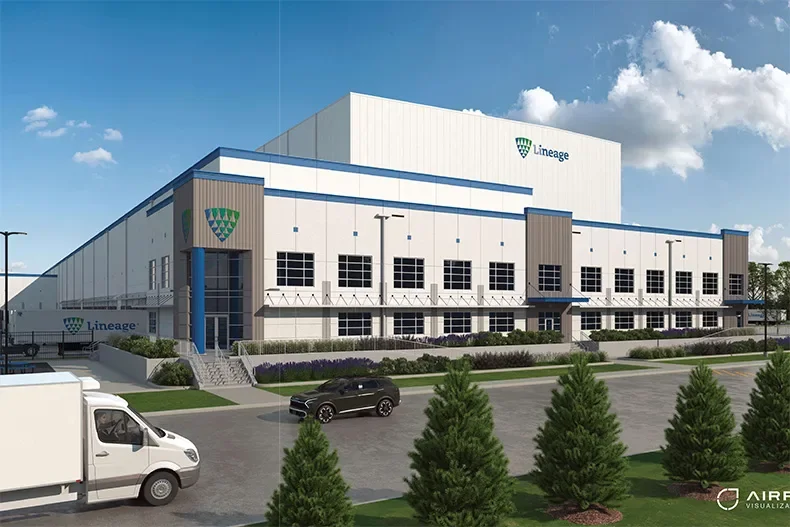Work has started on the Improve I-70 KC project, a $237 million initiative aimed at reshaping a heavily traveled corridor through the city. The improvements are expected to ease congestion, enhance freight mobility, and create ripple effects across Kansas City’s commercial real estate market.
The Missouri Department of Transportation, in partnership with the Federal Highway Administration, is leading the design-build project. Construction will stretch between The Paseo Boulevard and the U.S. 40/31st Street interchange and continue through spring 2028. Plans include adding an additional eastbound lane, replacing 15 bridges, rehabilitating seven others, and realigning multiple interchanges to improve safety and traffic capacity.
Because I-70 serves as a key freight artery, industry observers note that more reliable travel will increase the appeal of warehouse, logistics, and industrial properties near the corridor. Retail and mixed-use developers are also watching the project closely, as upgraded interchanges and pedestrian improvements could spark redevelopment and attract new investment.
The project will be carried out by Clarkson-Radmacher Joint Venture, which was awarded the design-build contract in 2024. It is part of a larger statewide program to modernize nearly 200 miles of I-70 by 2030, underscoring Missouri’s long-term commitment to infrastructure and economic growth.
For commercial real estate professionals, the construction may bring short-term challenges, but the long-term outlook is widely seen as positive. Improved access, stronger freight efficiency, and renewed infrastructure are expected to drive property value gains and open doors for new development along the corridor. As Kansas City positions itself for continued growth, the I-70 project stands as both a transportation upgrade and an investment in the region’s commercial future.
Header image: Aerial view of the I-70 and I-435 interchange on the east side of Kansas City, Mo. Image | MODot







